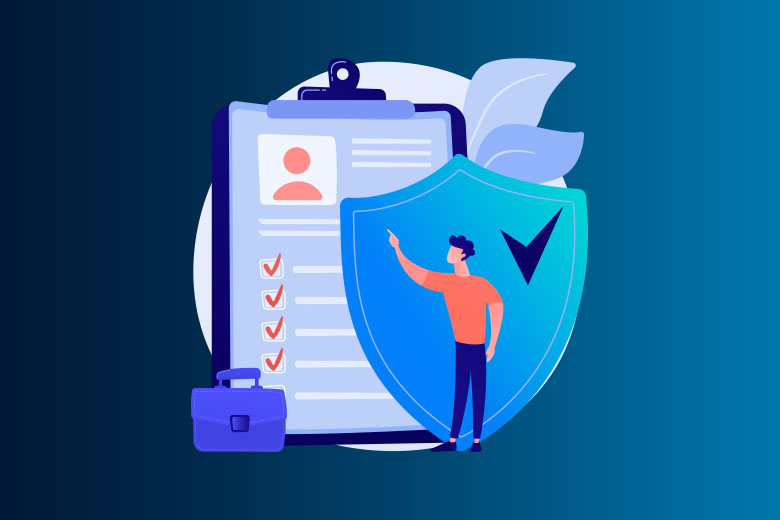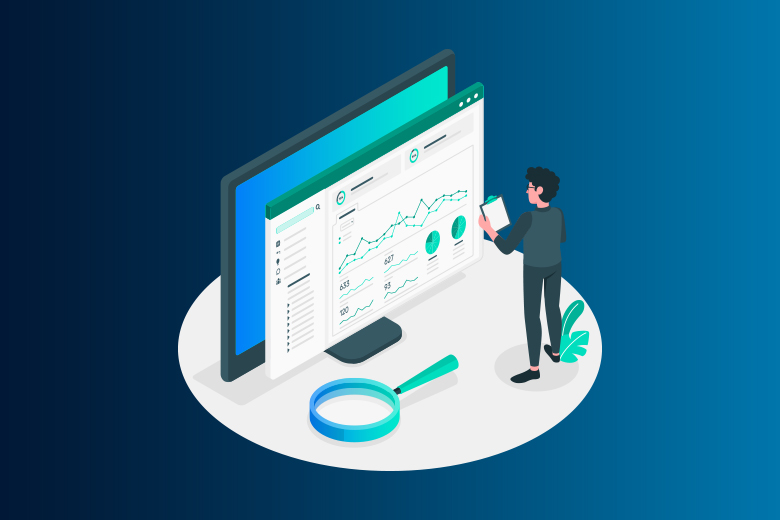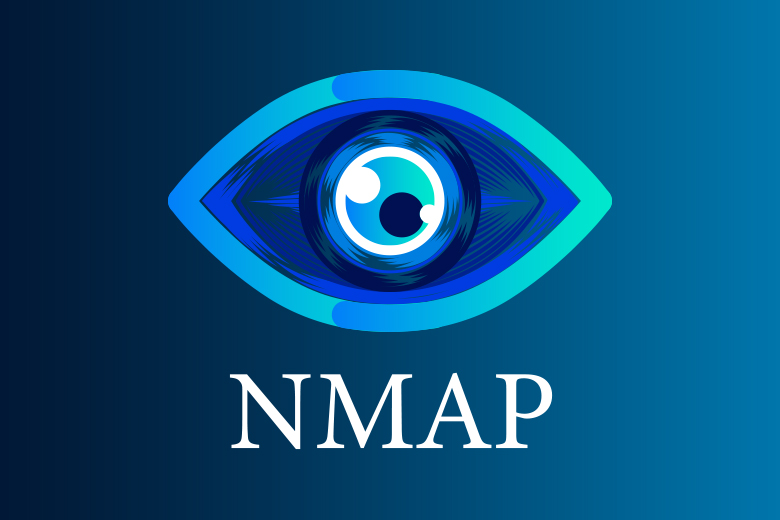10 May 2024
SafeAeon Inc.Data is king in this modern world. But with great power comes great duty, and companies that have customer data are under more and more pressure to make their defenses stronger. Here comes SOC 2 compliance, the gold standard for building trust and showing that you care about data protection. It's kind of like a full checkup of your safety to make sure you have all the right tools and steps in place to keep the attackers out.
Statistics make the picture clear: an IBM study from 2023 found that the average cost of a data breach hit a record high of $4.35 million. This shows how poor security can cost you money. Also, a new PwC study says that 87% of CEOs believe cybersecurity risk is rising. These numbers show how important it is to be cautious. A SOC 2 compliance checklist can help you get through this important process.
When you follow a clear SOC 2 compliance plan, you're not just checking things off. You're doing real things to protect private data, stop breaches that cost a lot of money, and gain your customers' trust. It's an investment in your image and a way to show your customers that you care about their privacy. Because trust is what keeps the business world going in the tough world of competition. A SOC 2 compliance report is like a badge of honor—it makes you stand out and shows that you're a safe place for important data.
So, how do you begin the process of becoming SOC 2 compliant? You will get a full SOC 2 compliance review from this guide. This will help you find places to improve and set up strong controls. Remember that if you don't prepare, you'll to fail. By being cautious and using a SOC 2 compliance checklist, you can make sure that your company is well on its way to following the rules and creating a culture of data security.
What does SOC mean?
It stands for "Service Organization Control." The American Institute of Certified Public Accountants (AICPA) made a set of reports called "SOC" to show that service providers can keep their promises. These are the five types of SOC reports:
SOC 1 looks at how well service companies' internal controls over financial reporting are working.
SOC 2 looks at rules that protect data security, availability, processing integrity, privacy, and confidentiality.
Based on trust service standards, SOC 3 is a more general and less technical summary of SOC 2.
SOC for Cybersecurity: Looks over a company's program for managing cybersecurity risks.
SOC for Supply Chain: Looks at how well system controls work and how well supply chain risk management techniques work.
What does SOC 2 mean?
The AICPA's SOC 2 system sets standards for managing data based on five trust service principles: privacy, security, availability, processing integrity, and processing integrity. Companies that meet SOC 2 standards have been checked to make sure they follow all the rules, which shows they really care about keeping your data safe.
How to meet SOC 2 requirements?
Following the AICPA's Service Organization Control 2 structure is what it means to be SOC 2 compliant. To comply, you need an audit from an AICPA-certified public accountant or a company hired by the AICPA. Clients can see the report that was made to show that the company has strong rules in place to keep its systems and data safe.
Is SOC 2 compliance a must?
SOC 2 compliance is not required, but possible clients may ask for it. It shows that you are trying to follow the rules in the HIPAA Security Rule. SOC 2 compliance might not protect you from being sued after a data hack, but it can help lessen the damage that could happen.
In health care, what does SOC 2 compliance mean?
In healthcare, SOC 2 compliance means that a company meets the audit guidelines for data security, availability, processing integrity, privacy, and confidentiality. In addition to showing that security rules are being followed, it can also help with management control, internal governance, and risk management.
What's the difference between Type 2 and Type 1 approval for SOC 2?
The main difference is that a SOC 2 Type 1 study looks at a company's system and how well its controls work. A SOC 2 Type 2 study, on the other hand, looks at the system and how well its controls work. A Type 1 report means that the system is capable, while a Type 2 report means that the security steps are working.
SOC 2 compliance checklist
Planning and carrying out: Here is a list of the most important things you need to do to get ready for and carry out a SOC 2 audit. Each step will show you how to do it:
Check to see if a Type 1 is needed
Before you do the more in-depth Type 2 audit, you should first decide if you need a SOC 2 Type 1 audit. The Type 1 audit checks to see if the rules are set up correctly at a certain time. The more thorough Type 2. Audit looks at both how rules are designed and how well they work over time. You don't have to do Type 1 before Type 2, but most people do.
2. Figure out your scope
List the parts of the system that will be audited, such as infrastructure, data, processes, software, and people. Choose which Trust Services Criteria (TSC) to add next:
- Safety (required)
- Integrity of Processing Availability
- Keep things secret
Privacy Security is needed, and Availability and Confidentiality are usually part of it as well. TSC is broken down into controls, such as encryption and managing access for privacy.
3. Talk about processes On the inside
For planning SOC 2, it's important to engage with individuals inside the company. Executive management and department heads (for example, HR, engineering, DevOps, security, and IT) need to know what they need to do to adopt SOC 2 controls and provide proof. Describe the audit in detail so that each team knows what it needs to do.
4. Assess the gaps
Review your current policies, processes, and controls to do a gap or readiness assessment. This study will show you how secure your system is now and let you know what other controls you need to meet SOC 2 requirements.
5. Fill in Control Gaps
Set aside time to fix the gaps once they've been found before the audit. Review policies, make procedures official, change software, and add new tools or processes while working with your team. Control requirements will be met by this process.
6. Keep your prospects and customers up to date
Talk about ways to show customers and potential customers how you handle security. This will help you be more open and earn their trust. It's not necessary to tell them you're going after SOC 2, but give them an idea of how you keep their data safe. On your website or social media, draw attention to your Monitoring of security controls all the time
- Training for employees
- Testing for holes
- Steps for encrypting data
7. Keep an eye on and fix the controls
After fixing problems and putting in place new controls to meet SOC 2 requirements, set up ways to keep an eye on things and make sure they're working right. You might want to use tools that automatically collect proof and keep an eye on the controls.
8. Find a lawyer
Figure out what you need before you start looking for an audit company. A good examiner can do more than just do an audit. They can help you get a clean SOC 2 report, make compliance programs better, and streamline the process.
Try to find an examiner who:- Answers questions in a way that is easy to understand
- Knows a lot about your business
- Works well with your team and gives good references
- Read our post on how to find the right auditor for more help
9. Go through the SOC 2 audit
Now is the time to start the audit. If you give your examiner all the information they need, they will look over the proof, make sure the data is correct, set up walkthroughs, and then give you the final report.
Conclusion
Making sure that SOC 2 requirements are met is very important for keeping customer trust and protecting private data. Organizations should use the SOC 2 compliance tool to find and fix any gaps they may find. Prioritize regular risk reviews, put in place strong security controls, and keep an eye on compliance all the time to lower risks. To handle security breaches effectively, you need incident reaction plans that work. Internal defenses are made even stronger by teaching employees the best ways to keep data safe. Keeping records of policies and procedures promotes openness and responsibility. Companies that follow these rules will be able to protect their IT, lower risks, and meet government standards. SOC 2 compliance isn't a one-time thing; it's a process that never ends to improve security. One can connect with reputed and reliable MSSPs like SafeAeon for top-notch services.














